“There’s a falseness about the division between the ability for science and the ability for art. We’re born capable of doing both, and then we slowly unlearn—a gradual loss of curiosity. And we don’t have to give that up.”
– Cosmologist and writer, Janna Levin
Growing up and going to High school, brought in a consciousness about Science versus Art students. There was a constant comparison of which field was better than the other. Art Students were even labeled ‘NFA – No Future Ambition’ and that was really heartbreaking. That constant comparison and turmoil led a lot of people astray, with Parents seeing their children as not being serious if they decided they were going into Arts. And we were basically taught to hang our heads in shame.
When I got into the University to study English, which I was excited about, I constantly had to deal with the silly “You went to the University to study English?” or “Is that what your mates are studying?” questions.
Fast-forward into the present day, Art/Humanities is still not given the love and career limelight that it has earned. It’s interesting to note that even though the world and practically everything good in life shows seamless collaboration between STEM and Arts/Humanities, humans still have a hard time not putting up a false dichotomy between these two interesting fields. Perhaps we are simply used to drawing Parallels, polarities and putting specific labels on things, just to be able to wrap our hitherto conditioned minds around things.
The interesting nature of cross-pollinating art, science, tech to bring forth a more advanced, more beautiful and overall thriving species of society has always been a deep part of my life. The society often removes Art from Science as though one will infect the other with its emotions. This quest for exploring how to bridge these worlds/fields is what led to this series on Career Migrants.
Career Migrants is a series where we share the stories of Artists/Creatives who are now in STEM fields or STEM people who are now in Creative fields, plus the people who have staked their tents in both fields.
The series is dedicated to opening people’s minds to the various capacities available to them, removing the dichotomy between STEM & Art/Humanities.
So once a week/two weeks (depending on how many women we can interview), for the next 3 months, we’ll interview and share a story in this series.
Today we share the story of a woman we admire so much, Ozoz Sokoh, the Chef & Owner of Kitchen Butterfly a platform for redefining and exploring our understanding of Nigerian food. Ozoz Sokoh is also an Exploration Geologist, Photographer, and Writer (yes, she’s a powerhouse!). In this interview, Ozoz remaps her career journey for us from growing up to marking out her tent at this interesting intersection.
For Creative Girls: We would love to know your story and career journey into being a badass creative. Can you walk us through your story and journey from what you studied in school till now?
Loool. Thank you. I accept the badass bit even if I don’t think of myself as a creative, just as a human being exploring things that interest, fascinate and have meaning for me.
I grew up with a Marine Engineer for a father and an English teacher for a mother – this laid the foundation for scientific enquiry, logic, emotion, and creativity. We tinkered a lot with everything from electronics to compositions, writing about every subject under the sun.
Play was such a huge part of our lives and it was instrumental in shaping my outlook. In my pre-teen years – after school – my sisters and would ‘play cook’ with twigs, mud and hibiscus leaves while recreating ideas from my mum’s kitchen. It was there I learnt that hibiscus leaves had the same mucilaginous qualities as okra, and years later I would learn that they are in the same family. My older sister, two friends and I, started ‘the girls club’ and our days were spent digging for clay or treasure, swimming, foraging fruit, cataloging discoveries and experimenting; All these inspired a love for discovery and possibility, which I have carried into adulthood.
Today, I’m an Exploration geologist. That journey began at the University of Liverpool in 1997. I’d spent the preceding three years studying Urban & Regional Planning at Obafemi Awolowo University, Nigeria. Frustrated by the frequent strikes there, I quit and convinced my parents to support me moving to the UK to study Geology at the University of Liverpool. I had to start from scratch but three years later, I graduated with Honours and the knowledge that perseverance is vital to accomplishing goals. A funny story: when I decided to move to the UK, my dad promised his support but not for me to study literature, my desired choice. His words ‘Why spend my pension paying for something you can do as a hobby?’.☺
While at Uni, I continued to explore writing focusing mostly on poetry – in fact, I won the 1st place at a poetry competition in my first year for my poem about living and studying in Merseyside’ and got to receive the prize of £150 pounds in the City Hall from the Lord Mayor of Liverpool!
The fact that I was homesick a lot kept me emotional and I found release on the pages of my books, sometimes crying my eyes out but also in the kitchen, stirring pots with love and remembrance. I cooked Jollof, learnt to make Chapman and a few other things I might not have had I still been at home – being far away magnified their importance and gave me an impetus to learn them so I could comfort myself when I needed to. Food, as a bridge, as comfort, as therapy. This relationship with food, as a way of discovery and comfort, continues to repeat itself through my life.
I’ve found myself at various points switching between geek and artist, sometimes both. It helps too though that I recognize and apply my skillset across both domains: curiosity, data gathering & observation of the facts, synthesis and concept selection, experimentation and an ability to envision the future. I’m really interested in how things work and this has been a driving force in my life, opening me up to learning. I’ve learnt to make Adire the traditional way of tie-dye with indigo and resists, make handmade cards because I couldn’t find cards I liked in the stores, recycle paper, make jewelry, decoupage using glue and tissue/ paper to decorate wood, pyrography and a host of other things.
What specific moments led to you migrating in between two fields?
I can remember my defining moments – of course, I can – otherwise, they wouldn’t be defining moments, would they? I remember them with clarity and also the overarching themes they underscore – of love, failure and more.
First, there was love and friendship. In 1994, while at Uni in Obafemi Awolowo University, I had friends – who like me – loved reading. We took this to another level, buying books, exploring literature, reading dictionaries and being almost anal about learning new words. My boyfriend at that time, an engineer was also crazy about knowing everything – from the tea we drank to the art of songwriting behind our favorite tunes and more. With him, everything deserved investigation and so, we explored, learnt and discovered together. This effectively removed boredom from my life and opened me up even more to exploring. I tell people now that I haven’t been bored since then.
In 1997, I moved to Liverpool to study Geology. The pain – rather unexpected – of being away from home made me turn to cooking and writing poetry to process these new, unfamiliar emotions. At the same time, I discovered a serious love for photography which began on geological field trips capturing rocks and landscapes, balanced with an interest in Chemistry which was new. Thus, science and art became even more intertwined in my life.
Failure. In 2009, I learnt the incredible value of failing, that it – failure, can bring innovation and then success. A poor performance review at work in my regional Geology role upset me so much that I decided I decided that I would no longer let work define the totality of who I was. Prior to that, work was how I judged my success in life so that when I failed at work, I thought to myself that I’d failed at life. After this, I resolved to do a few things and it was during this that I realized I needed an outlet, a safe space where I could ‘run into’ when I needed. It ended up being Kitchen Butterfly where I shared my stories and learning through my love for food, writing, and photography. Since then, I’ve lived in both the science of work and the art of living, of my life and find it incredibly rewarding to apply arts to my science and science to my art.
In your experience and opinion, why are we as humans insistent on creating a dichotomy between Science & Art? Is it just a labeling issue or something a bit more egotistic, or a difficulty to cohabit?
The dichotomy between science and art helps most people simplify their lives, just as labeling does. I don’t think science and arts are difficult to cohabit – they do in so many, if not most aspects of life – the science of paint and other elements in creating art for multimedia projects is a simple example. The science of mixing colours of paints, understanding how they dry and the art of smearing them across a canvas as Art show the complex interactions, some of which may not be recognized for what it is.
School and its approach to learning and subjects tend to reinforce these differences/ distinctions for ease and management, shaping approaches to either area.
And how can we make STEM & Arts/Humanities cross-pollinate better?
I’m more a fan of Science, Technology, Engineering, Arts and Mathematics (STEAM) versus STEM– Science, Technology, Engineering and Mathematics which is only part of the story.
STEAM fields are science, technology, engineering, and mathematics, together with art. STEAM is designed to integrate STEM subjects and the art of design in education. These programs aim to teach students to think critically and have an engineering or design approach towards real-world problems while building on their mathematics and science base. STEAM programs add art to STEM curriculum by drawing on design principles and encouraging creative solutions; Source – Wikipedia
When I think of cross-pollination, writing Science fiction (Sci Fi) comes to my mind particularly in the early years. Sci Fi (SF) is a genre of literature based on alternate histories and/ or imagined futures. It presents an interdisciplinary approach to learning, rich with scientific and technological advances which shape social construct, the environment and more. It negates the question of prioritizing maths and science education over arts and instead celebrates an integration.
It’s a fun way to build future thinking into curriculums in a way that takes advantage of the natural curiosity of young children, their rather wild imaginations, and risk-taking and can set a foundation upon which they prepare for current and future challenges.
Sci Fi suggests an interdisciplinary approach which might begin in a literature class with learners tasked with writing a sci-fi piece; critical thinking classes could expound on the possibilities; in design and technology, the blueprints of ideas could become computer-based models or simulations to demonstrate the associated laws of science. All these could be presented at dedicated ‘debate’ sessions where perspectives ‘for and against’ can be heard.
This is only one route to integrating science and the arts. And to me, that isn’t even the whole story. There are commercial acumen, entrepreneurship and a few other subjects that are neither art nor science and yet could have significant import. In the end, when life happens, it doesn’t restrict itself into boxes of science and art and so it makes sense for our studies and prescriptions to mirror it.
Are you like Ozoz Sokoh? Did you move from Arts to STEM or from one field of study to another new one entirely? We’d love to interview you. Please fill this short Career Migrants form below, so we can reach out to you and interview you.
Featured Images Credit: Gt Bank website, Asiri Magazine & Ozoz' Instagram page.

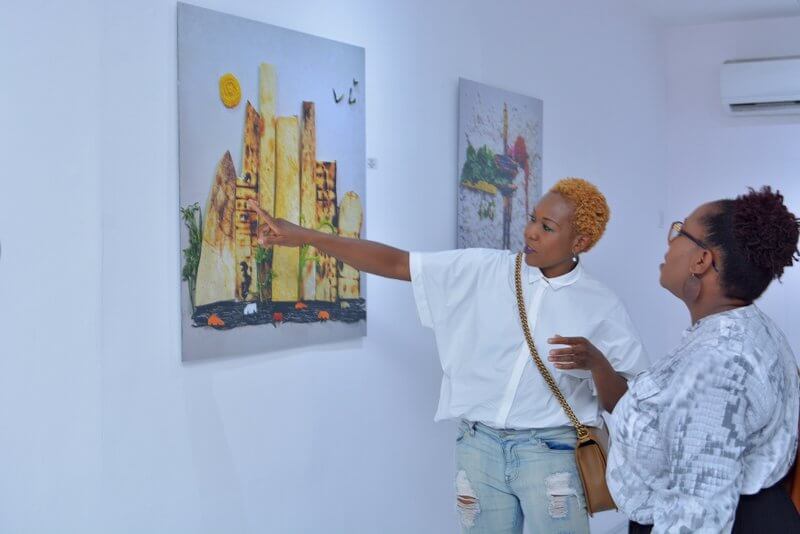
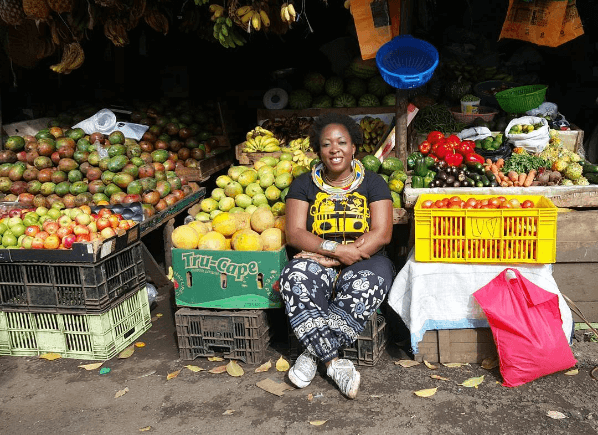
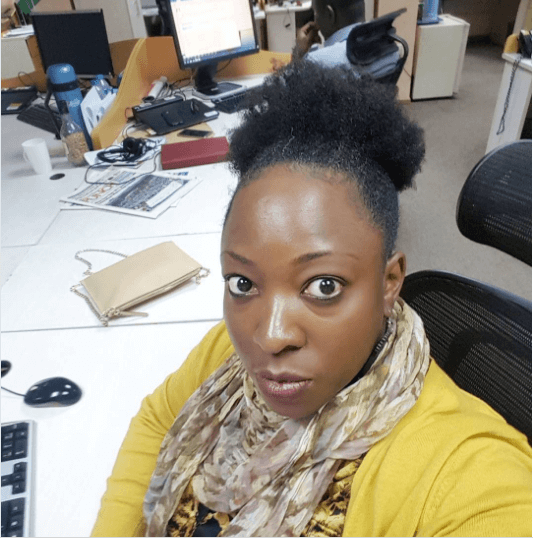
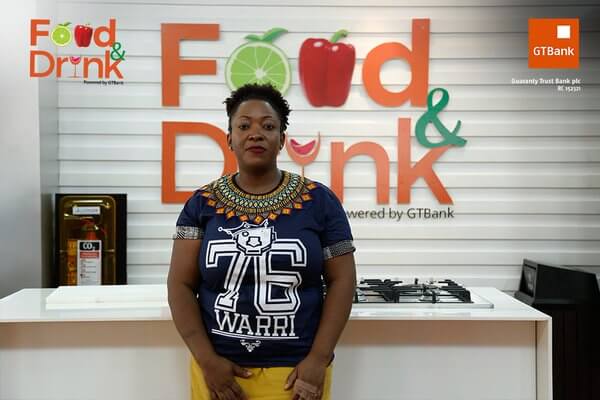


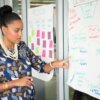


One Comment